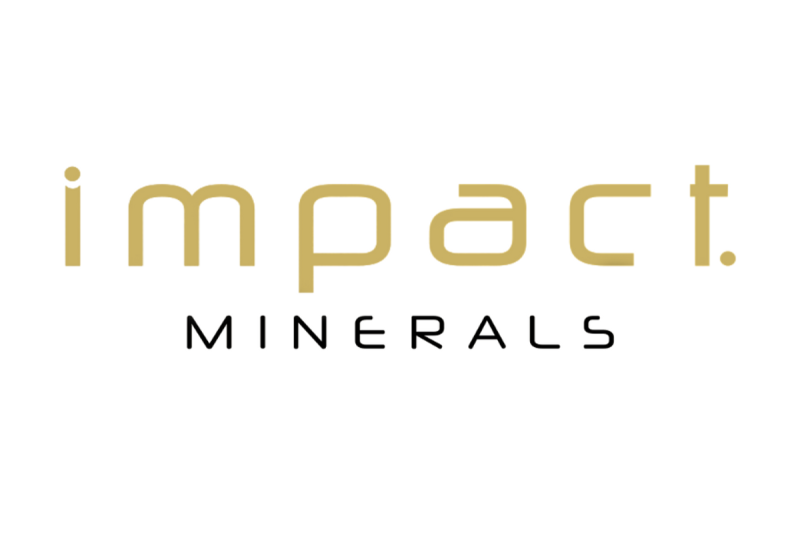Deep Dive into the Breakthrough Alternative High Purity Alumina (HPA) Metallurgy Route at the Lake Hope Project, WA
One of the most significant advancements witnessed at the Lake Hope Project in Western Australia is the unveiling of a breakthrough Alternative High Purity Alumina (HPA) Metallurgy Route. This discovery has redefined the high quality aluminium production through its outstanding purity level, making it a game-changer in the industry.
High Purity Alumina (HPA), a non-metallurgical product of aluminium, is a high-value, high margin and in-demand product. This is mainly due to its main application being in producing synthetic sapphire – a substratum material for LED manufacturing, laser applications, missile domes, watch faces, and single-crystal alumina parts. The high purity property of HPA makes it pivotal for these cutting-edge technologies.
Although traditional production of HPA employs very expensive and highly-polluting hydrolysis process, the alternative route discovered at the Lake Hope Project has revolutionized HPA manufacturing. The new technique is more sustainable, cost-effective, and environment-friendly, as it eliminates the need for highly contaminating processes like bauxite mining and red mud residue, thus turning the industry greener.
The new alternative route employs an innovative Direct Alumina Extraction (DAE) method to produce HPA from aluminous clay, referred to as kaolin. The DAE method utilizes a proprietary sequence of simple acid and alkali leaching steps, which effectively segregates the alumina from other minerals in the ore. This innovative process achieves superior extraction of alumina from the ore, reaching high purity levels of up to 99.99%, a figure that was previously unattainable.
Moreover, this innovative method delivers a more sustainable and economical production line, with significantly reduced impurity levels. The kaolin-to-HPA route eradicates most of the environmental challenges associated with traditional bauxite mining. It also significantly reduces the cost associated with importing raw materials, as Australia is abundant in kaolin reserves.
Additionally, the breakthrough HPA metallurgy route has huge potential for scalability and commercialization, as the production hierarchy can be modular and staged. This flexibility offers the potential to increase production capacities to meet higher demand in the future. Also, the modular production sequence allows for smaller scale production plants that can be expanded gradually, thereby spreading the capital expenditure over a more extended period.
The new Alumina extraction technique is not only spearheading the ecological revolution by minimizing the environmental impact but also harnessing the economic aspect by transforming the high-cost, high-risk bauxite route into a less risky, lower-cost kaolin alternative.
However, as revolutionary as the technology is, it also brings new challenges requiring comprehensive studies to validate its process routes, commercial viability, operational flexibility, and environmental impacts. Rigorous research and extensive trials would be necessary to fully realize its potentials and eliminate any possible shortfalls.
In conclusion, the breakthrough alternative HPA metallurgy route unveiled at the Lake Hope Project in Western Australia is set to revolutionize the HPA industry. With reduced environmental impact, lower production costs, and high purity alumina extraction, it sets a new standard in the industry. Despite challenges that need to be overcome, this discovery brings forth promising prospects in the shift towards a more sustainable and greener future for aluminium production.




